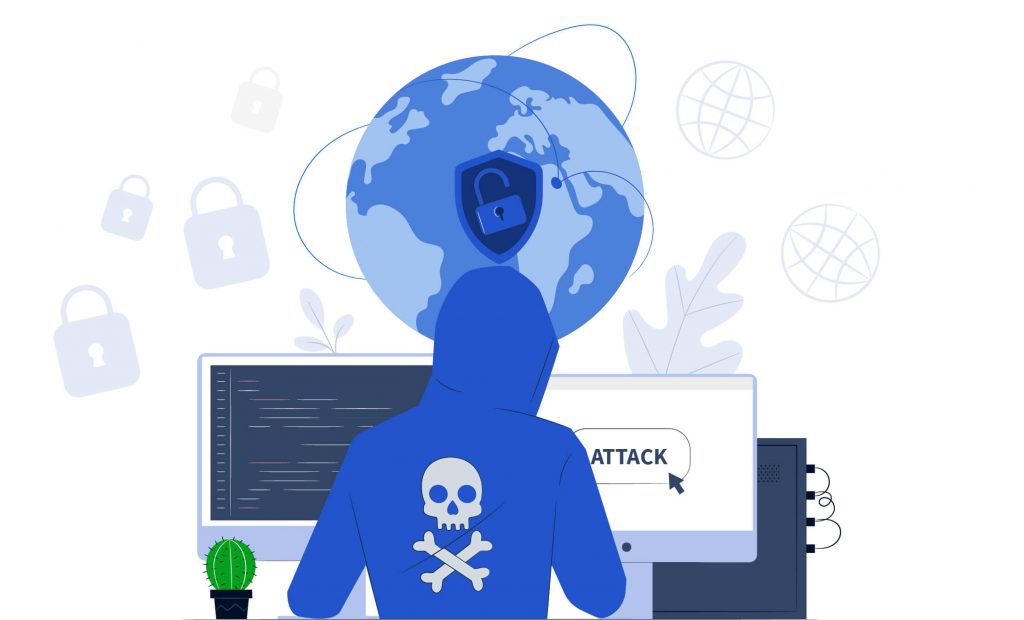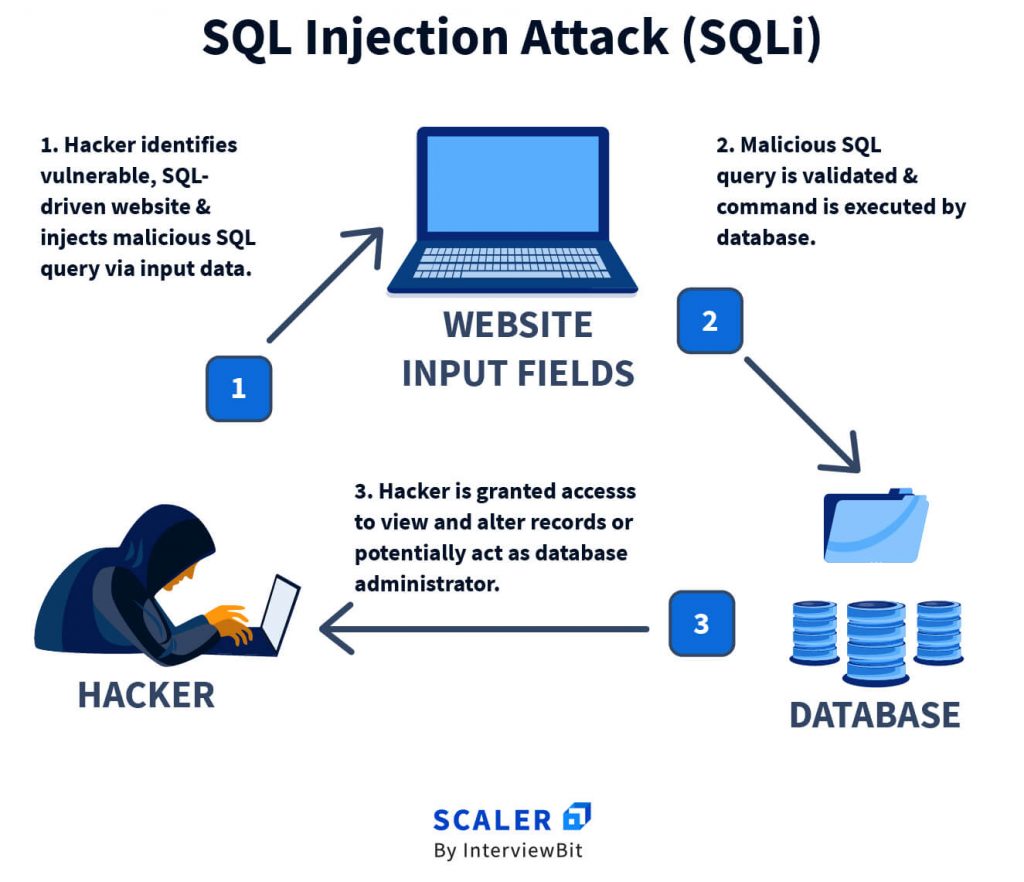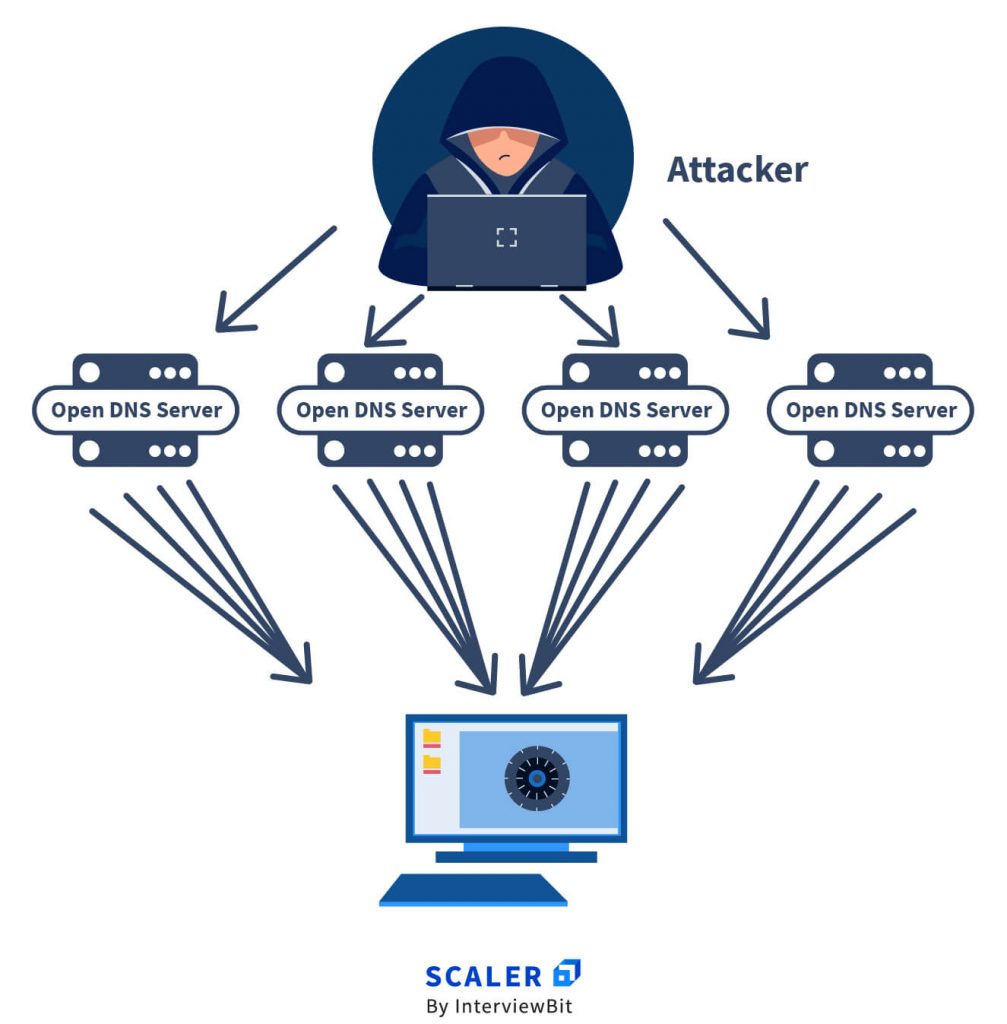What is Cyber Security?
Cybersecurity refers to defending vital systems and sensitive data against online intrusions. Cybersecurity measures, also known as IT security, are designed to thwart threats against networked systems and applications, whether they originate from within or outside an organization.
The Scale of the Cyber Threat
The global cyber threat continues to evolve at a rapid pace, with a rising number of data breaches each year. A report by RiskBased Security revealed that a shocking 7.9 billion records have been exposed by data breaches in the first nine months of 2019 alone. This figure is more than double (112%) the number of records exposed in the same period in 2018.
With the scale of the cyber threat set to continue to rise, global spending on cybersecurity solutions is naturally increasing. Gartner predicts cybersecurity spending will reach 260 billion globally by 2026. Governments across the globe have responded to the rising cyber threat with guidance to help organizations implement effective cyber-security practices.
Cybersecurity, at the most basic level, is the study of finding various ways in which we can restrict access to precious digital files and documents, with encryption acting as locks which can be decrypted with one special key. In fact, cybersecurity is the practice of defending computer systems from malicious acts.
The phrase of interest here is malicious actors. Malicious actors are those that illegally and deliberately try to access a computer system or a network to steal, manipulate or compromise the data stored on them.

Cybersecurity can be classified into a few categories, where each category is its own field of study:
- Information Security: Deals with integrity and confidentiality of data.
- Operational Security: Deals with the security of data when it’s being processed and executed.
- Network Security: Deals with the security of the networks connecting the computer system(s).
- Application Security: Deals with making sure that softwares and devices are threat-free.
Types of Threats
Some of the most common cyber threats include:
1. Malware Malware is softwares that malicious actors inject into a network or a computer system for their own personal gain. Malware includes spyware, viruses, worms, ransomware and rootkits. Malware enters networks and computer systems when someone on the inside opens a suspicious email or clicks on an unverified link, resulting in malicious software being downloaded. Malware can secretly transmit data from computer systems and block access to networks.
2. Phishing The act of targeting victims with fraudulent emails or website links that are made to look like they’re originating from a reputable source. The purpose of this attack is to lure victims into divulging information that they would otherwise keep secret.
3. Man in the Middle Attack The attacker secretly listens to the conversation between two parties and, when sufficient information is gained, pretends to be one of the parties to trick the other into divulging sensitive information. A man-in-the-middle attack is a type of cyber threat where a cybercriminal intercepts communication between two individuals in order to steal data. For example, on an unsecure WiFi network, an attacker could intercept data being passed from the victim’s device and the network.

4. Denial of Services This act entails the attacker flooding the server or a network with bad requests to overwhelm the systems and disrupt the services.
5. SQL Injection This act results in a malicious SQL query being given as input by the attacker into a form that interferes with the backend database.

6. Zero-day Exploit This occurs when a vulnerability in a system or network is revealed, but the vulnerability isn’t patched yet. The attacker tries to take advantage of that vulnerability in that time frame.
7. DNS Attack The DNS server is made to act in an abnormal way so that the attacker can direct the victim’s requests to a website of his choice.

Importance of Cyber Security
I’m sure a lot of you have come across newspaper articles talking about how various company databases were hacked and important data such as personally identifiable information (PII) were leaked on the dark web. The most recent case, at the time of writing this article, was the Dominos India hack that resulted in mobile numbers and GPS locations of 18 crore customers being leaked.
Hackers try to attack systems for a wide variety of reasons, with motivations ranging from revenge to espionage, vulnerability testing to breaking into systems for fun, controlling a person or organization, to disrupting them.
Gone are the days a simple antivirus software or a network firewall was enough to protect the systems in organizations. The level of complexity and planning of attacks have gone up to such levels that the money made by hackers in a year can be compared to the drug cartels of Colombia in the 90s. In fact, the chief of the NSA of America, General Keith Alexander, termed cybercrimes the “greatest transfer of wealth in history”.
It is important now more than ever to invest in cybersecurity and learn to protect our computer systems from malicious actors.
Latest Cyber Threats
The Open Web Application Security Project (OWASP), a community of cybersecurity-related professionals, releases a list of top 10 cyber threats every year. These include attacks whose frequency has increased over the years and those that have the potential to increase this year.
Some of the cyber threats of today include the following:
- Social Engineering: Exploit human tendencies to gain access to valuable information.
- Third-Party Exposure: Businesses generally let third parties handle monetary transactions of the customers. If not done correctly, there could be data leaks of PII of customers.
- Patch management: If patches to vulnerabilities aren’t done properly, the zero-day attack time frame will continue to grow.
- Cloud vulnerabilities: Cloud technologies are relatively recent phenomena in the software world, making cloud securities less understood. While the development of cloud security is surely growing as the industry grows, there is still a lot of research being conducted in the field.
- Romance scams: In February 2020, the FBI warned U.S. citizens to be aware of confidence fraud that cybercriminals commit using dating sites, chat rooms and apps. Perpetrators take advantage of people seeking new partners, duping victims into giving away personal data. The FBI reports that romance cyber threats affected 114 victims in New Mexico in 2019, with financial losses amounting to $1.6 million.
- Emotet malware: Emotet is a sophisticated trojan that can steal data and also load other malware. Emotet thrives on unsophisticated password: a reminder of the importance of creating a secure password to guard against cyber threats.
End-user protection
- End-user protection or endpoint security is a crucial aspect of cyber security.
- First, cyber-security relies on cryptographic protocols to encrypt emails, files, and other critical data. This not only protects information in transit, but also guards against loss or theft.
- In addition, end-user security software scans computers for pieces of malicious code, quarantines this code, and then removes it from the machine. Security programs can even detect and remove malicious code hidden in primary boot record and are designed to encrypt or wipe data from computer’s hard drive.
- Electronic security protocols also focus on real-time malware detection. Many use heuristic and behavioral analysis to monitor the behavior of a program and its code to defend against viruses or Trojans that change their shape with each execution (polymorphic and metamorphic malware). Security programs can confine potentially malicious programs to a virtual bubble separate from a user's network to analyze their behavior and learn how to better detect new infections.
- Security programs continue to evolve new defenses as cyber-security professionals identify new threats and new ways to combat them. To make the most of end-user security software, employees need to be educated about how to use it. Crucially, keeping it running and updating it frequently ensures that it can protect users against the latest cyber threats.
Cyber safety tips
- Use strong passwords: Ensure your passwords are not easily guessable.
- Do not open email attachments from unknown senders: These could be infected with malware.
- Avoid using unsecure WiFi networks in public places: Unsecure networks leave you vulnerable to man-in-the-middle attacks.
- Update your software and operating system: This means you benefit from the latest security patches.
- Use anti-virus software: Security solutions like Kaspersky Total Security will detect and removes threats. Keep your software updated for the best level of protection.
- Do not click on links in emails from unknown senders or unfamiliar websites: This is a common way that malware is spread.
- Enable Two-Factor Authentication (2FA): Enable 2FA whenever possible to add an extra layer of security to your accounts. This usually involves receiving a code on your phone or email in addition to entering your password.
Conclusion
- As Software Technology is growing, the threats that intend to take advantage of them by malicious actors are also growing.
- To prevent these, the field of cybersecurity also needs to grow and improve ways to defend computer systems and networks.
- Raising cyber awareness among the people, especially young citizens, on the various cyber threats would be a good start to prevent social engineering attacks and those targeted at humans.
- Increasing the number of highly skilled workers in cybersecurity roles will help organizations, governments, and ultimately nations to better respond to cyber threats and cyber-attacks.
- Cybersecurity is one of this century's most important fields of study and practice that can either make or break a nation.
